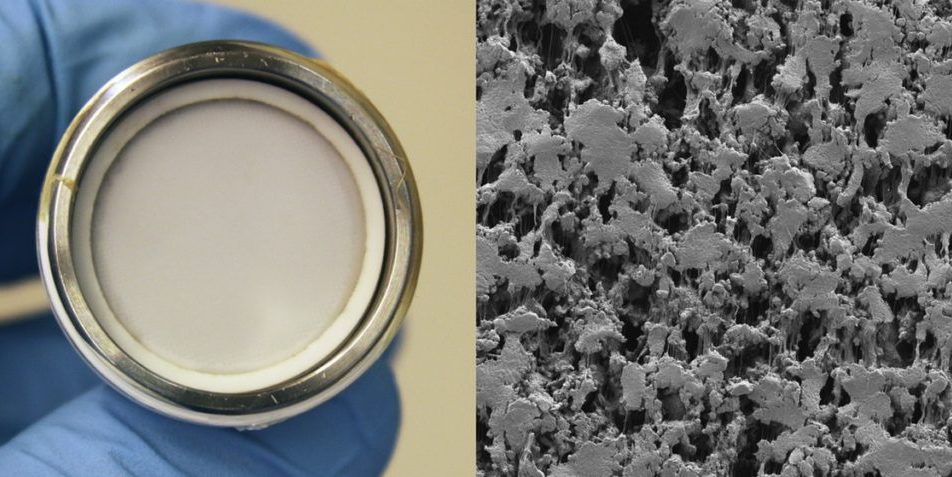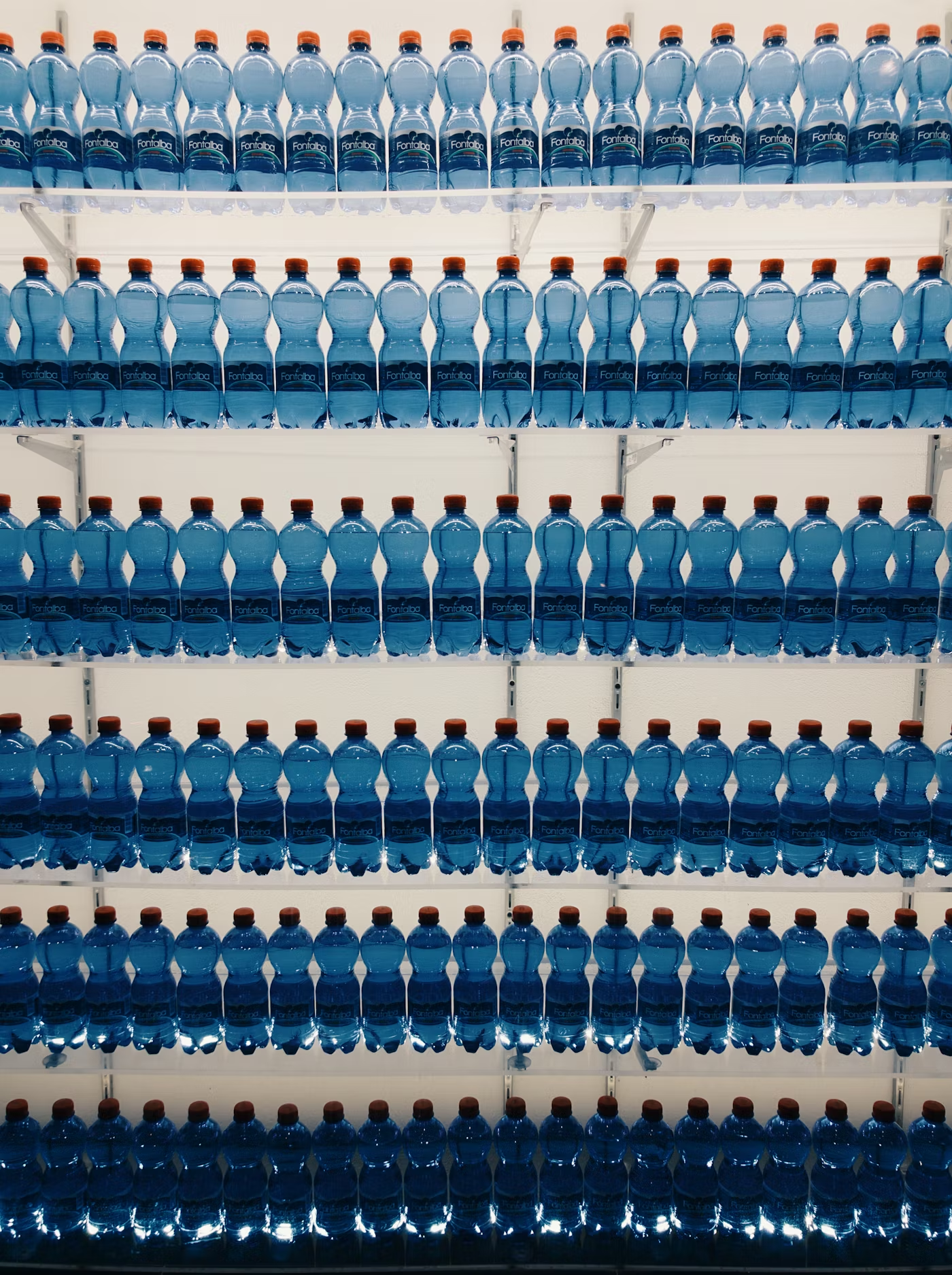Water filtration for human consumption and industrial wastewater purification accounts for huge electricity consumption and CO2 emissions. Passing water through a porous membrane to filter out particles larger than water molecules is a common water processing method. A problem with this filtration method is that membranes are susceptible to fouling (clogging by the filtrates). To remove particles that had accumulated on the membrane, the backwash procedure powered by electricity is needed to force the water through. Frequent membrane replacement is also required.
While not obvious to us, using liquid to help filter other liquids is prevalent in nature. Harvard University, collaborating with Northeastern University and the University of Waterloo, published the first study that demonstrates LGMs’ superiority over porous membranes. Liquid-gated membranes control the movement of liquids, gases and particles through biological filters like nature’s use of liquid-filled pores. The liquid coating on each LGM acts as a reversible gate that fills and seals its pores in the closed state. Open, liquid-lined pores are created when pressure is applied to the membrane. The size of pores can be fine-tuned to allow passage of specific liquids or gases. This enables the separation of a target compound from a mixture of different impurities. LGMs also can resist different types of fouling with the liquid layer’s slippery surface. A standard filter membrane can be converted into LGMs by infusing perfluoropolyether, a type of liquid lubricant used in the aerospace industry.
LGMs filters out nanoparticles out of water with double efficiency and is three times more resistant to fouling. Less fouling means less frequent backwashing. This translates to a reduction in the use of cleaning chemicals, a reduction in energy consumption for pumping backwash water, and an increase in filtration rate. Initiating the LGMs filtration process also takes 16% less pressure than conventional membranes. Not only it contributes to further energy savings, it also reduces the cost and electricity consumption of high-impact industrial processes such as oil and gas drilling.
With the potential in a wide swath of industrial applications such as food and beverage processing, biopharmaceutical manufacturing, textiles, paper, pulp, chemical, and petrochemical, LGMs can greatly improve energy use and efficiency across industries. The team now works on larger-scale pilot studies with industry partners, the longer-term operation of the LGMs, and filtering even more complex mixtures of substances to look into the commercial viability and lifespan of the LGMs in the real world.





